August 19th, 2022
9minute read
The excitement of a new rifle is unparalleled.
Regardless, how many times do you end up shooting that new gun?
If bought for a specific purpose, maybe quite frequently.
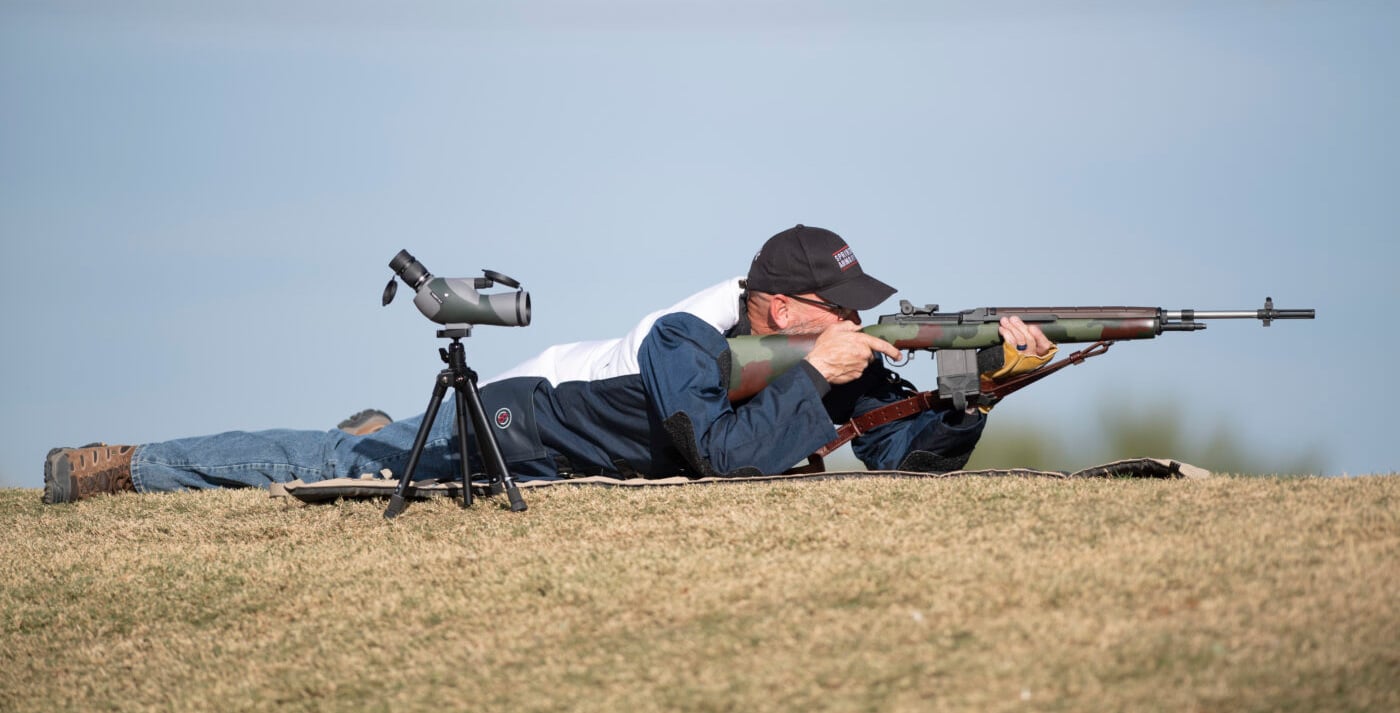
Competition shooting is a great excuse to use the rifles you already have or maybe buy a new one.
Many people are intimidated by the concept of rifle competition shooting.
They think they need to be national competitors or have Olympic aspirations so you can go out and shoot.
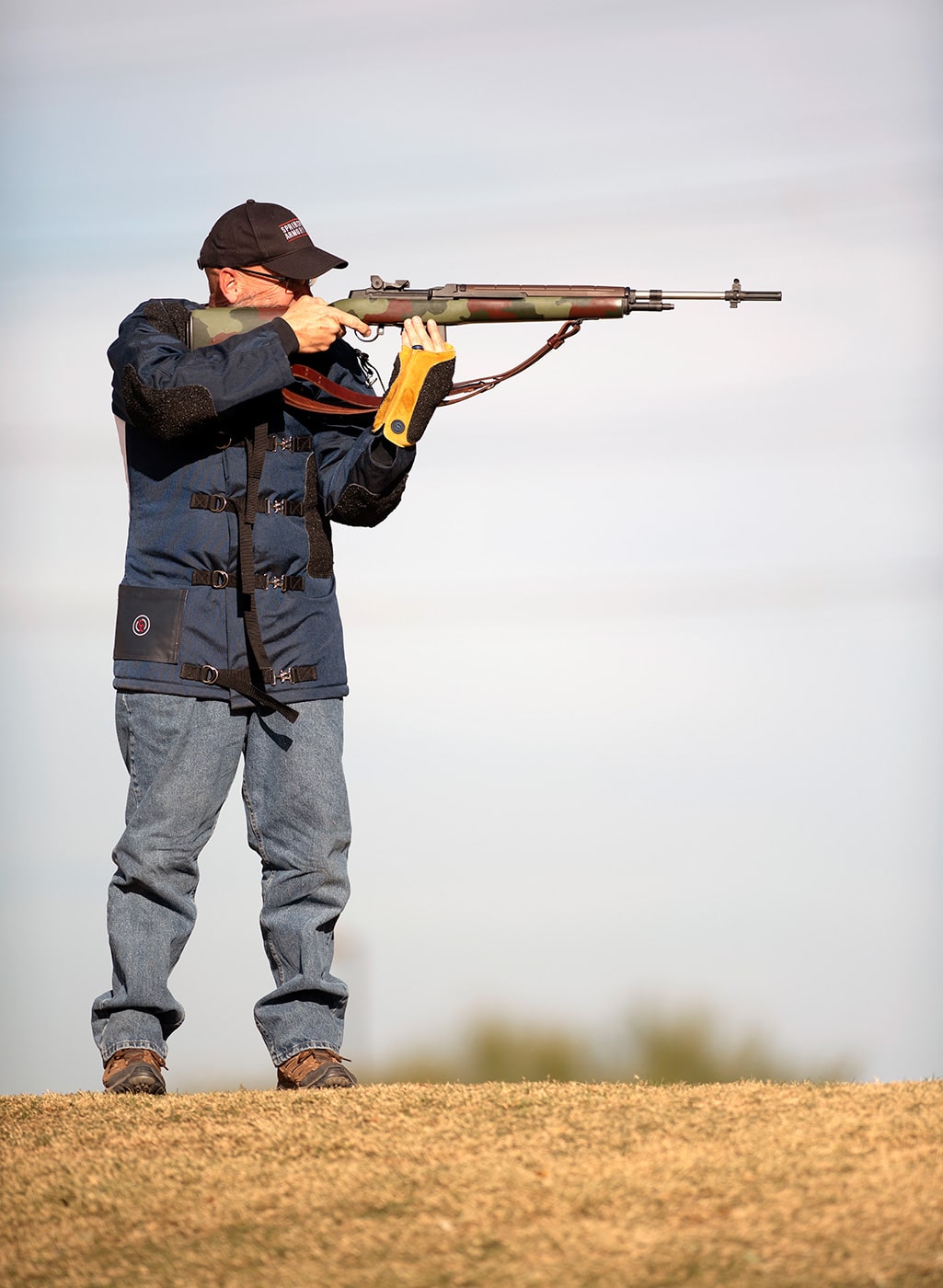
This couldnt be further from the truth.
There are dozens of different shooting disciplines for all types of firearms.
Here is an overview of some of the most popular rifle competitions you’re able to participate in.
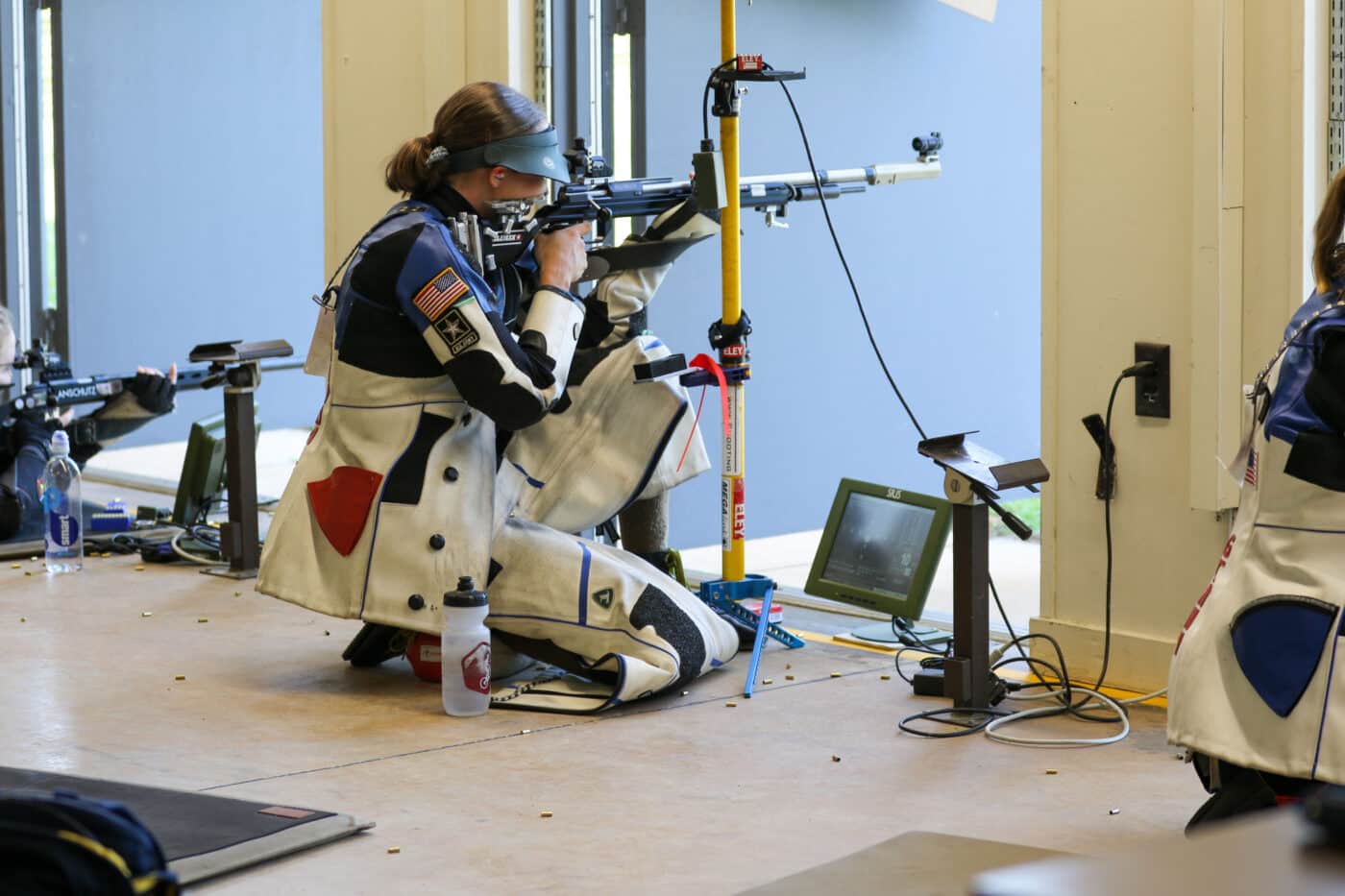
Olympic Disciplines
When most people think of shooting sports, they think of the Olympics.
10m Air Rifle and 50m 3-position rifle are the Olympic-sanctioned rifle disciplines.
10m precision air rifle and 3-position rifle are collegiate-level sports with scholarship opportunities for young athletes.
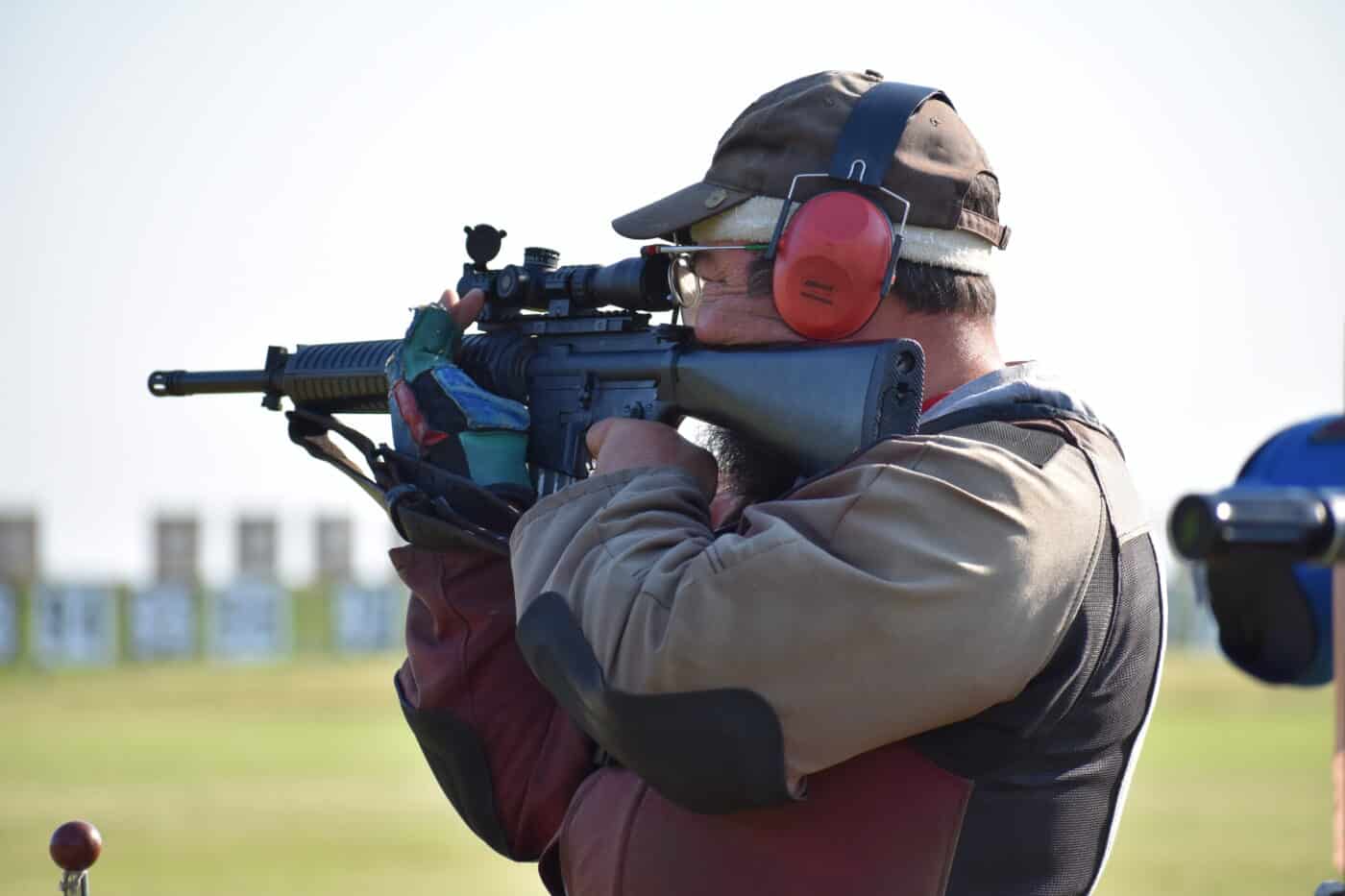
This is an incredibly challenging sport with the 10 ring measuring smaller than a pencil tip at 0.5 mm.
This appeals to many youth programs, many of which have their own variations.
Smallbore
Smallbore is another popular youth sport with scholarship opportunities.
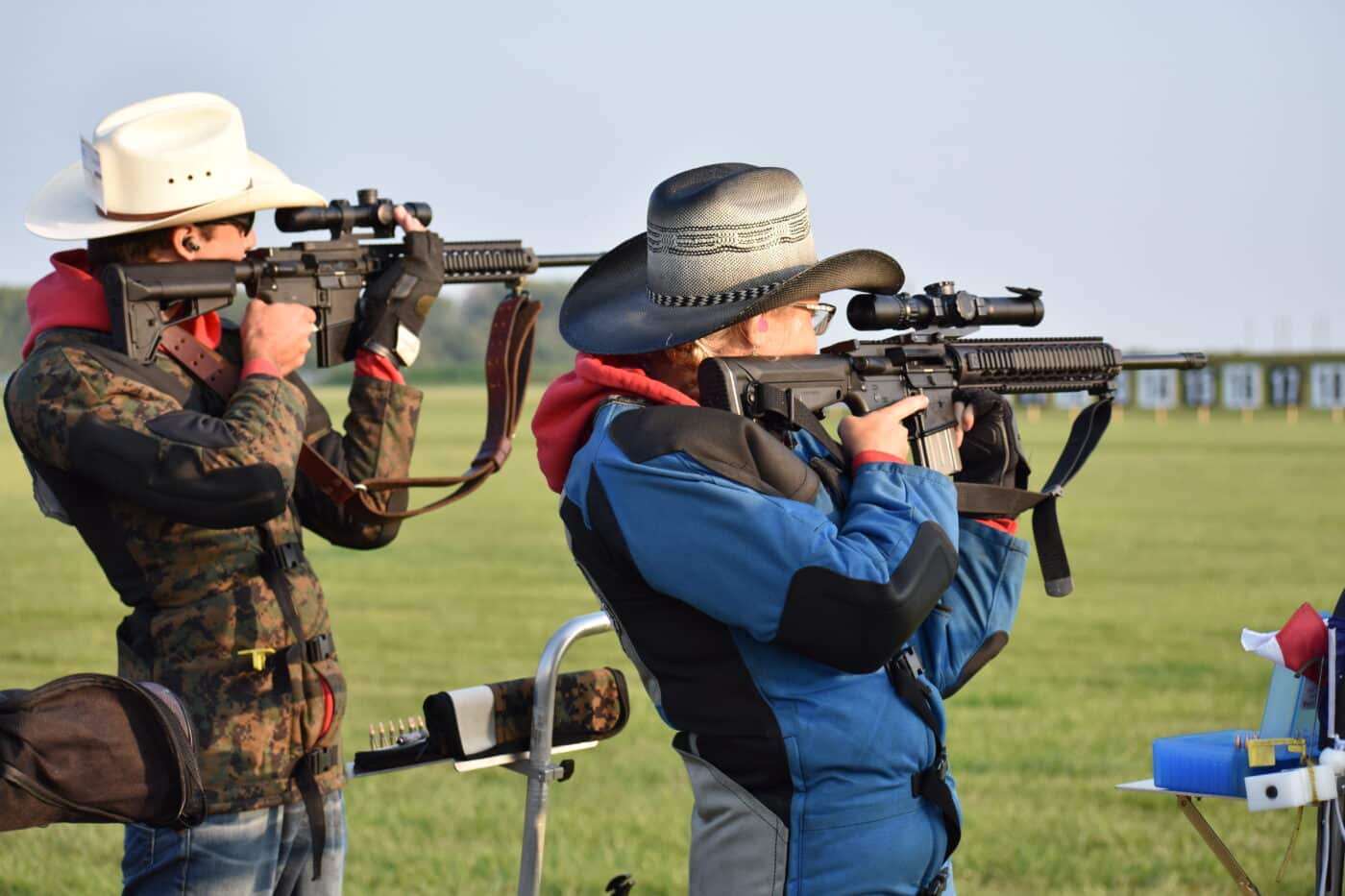
A sling may be used in the kneeling and prone positions.
There are classes for optics and varied courses of fire.
There are also both indoor and outdoor competitions.
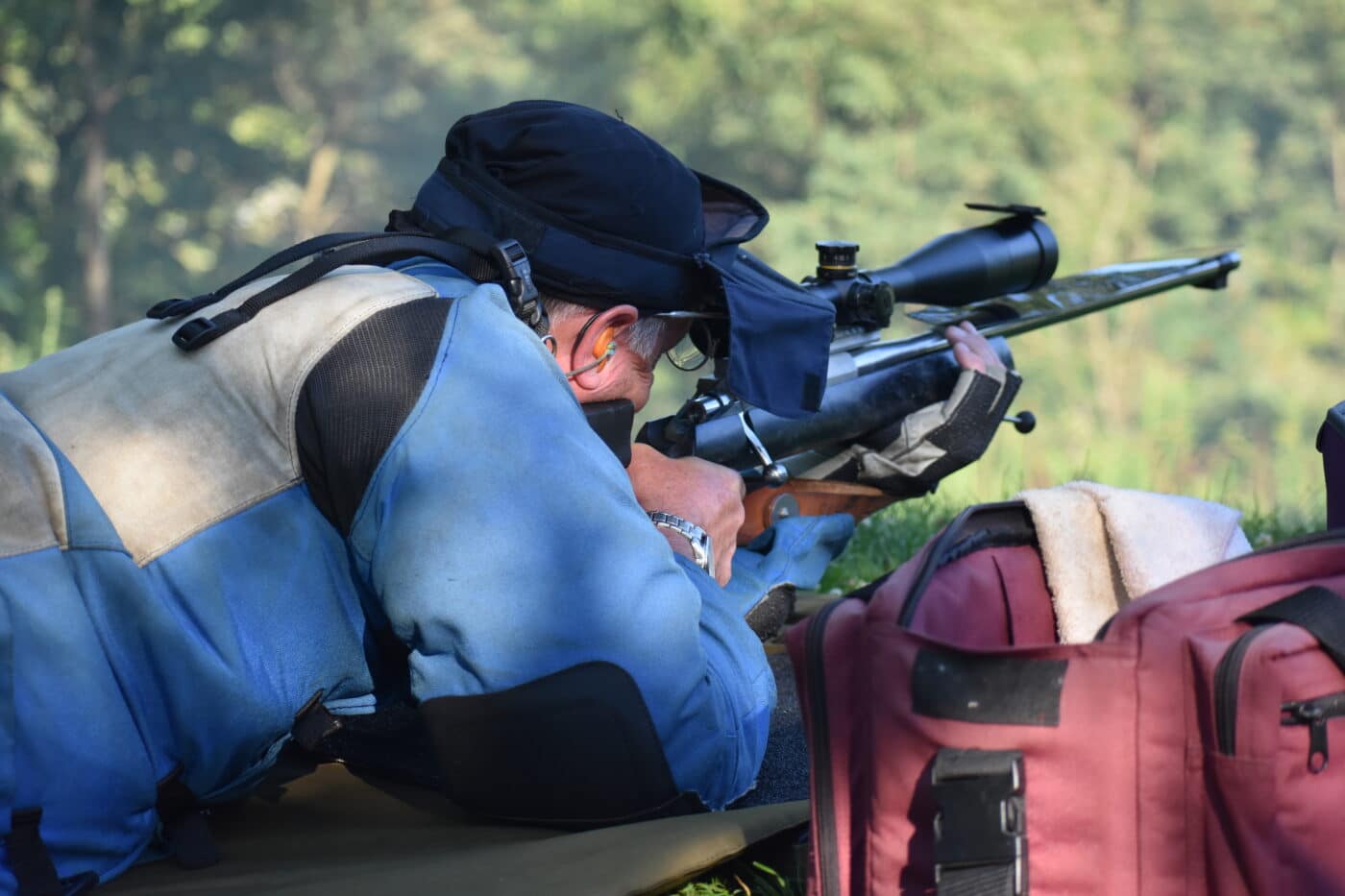
The strictest style is the Olympics 50-meter 3-position rifle match.
There is one shot per bullseye and each is scored with a number value.
The standing stages are fired at 25 yards while the sitting/kneeling and positions are fired from 50 yards.
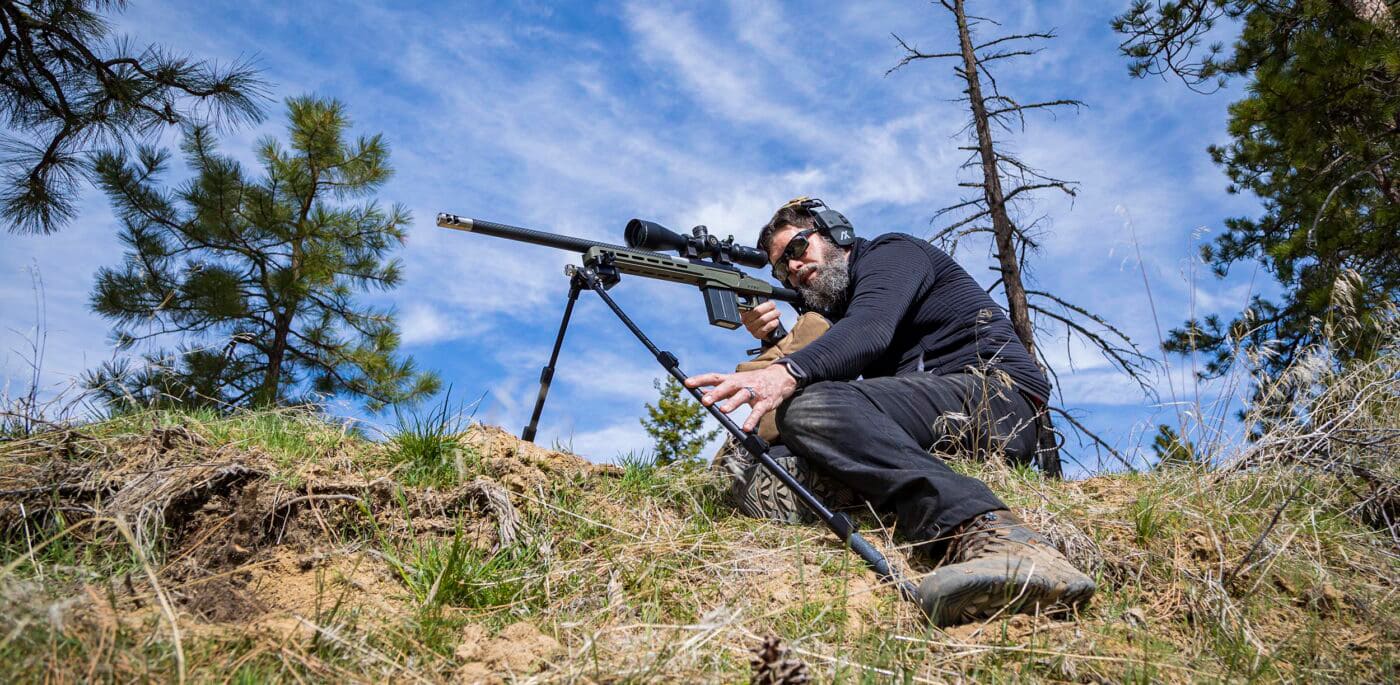
Ten shots are fired during each competition stage for a total of 60 shots.
High Power
High Power is my personal favorite a historic discipline with military roots.
Today, separate Games matches are held for these rifles, typically at 200 yards.
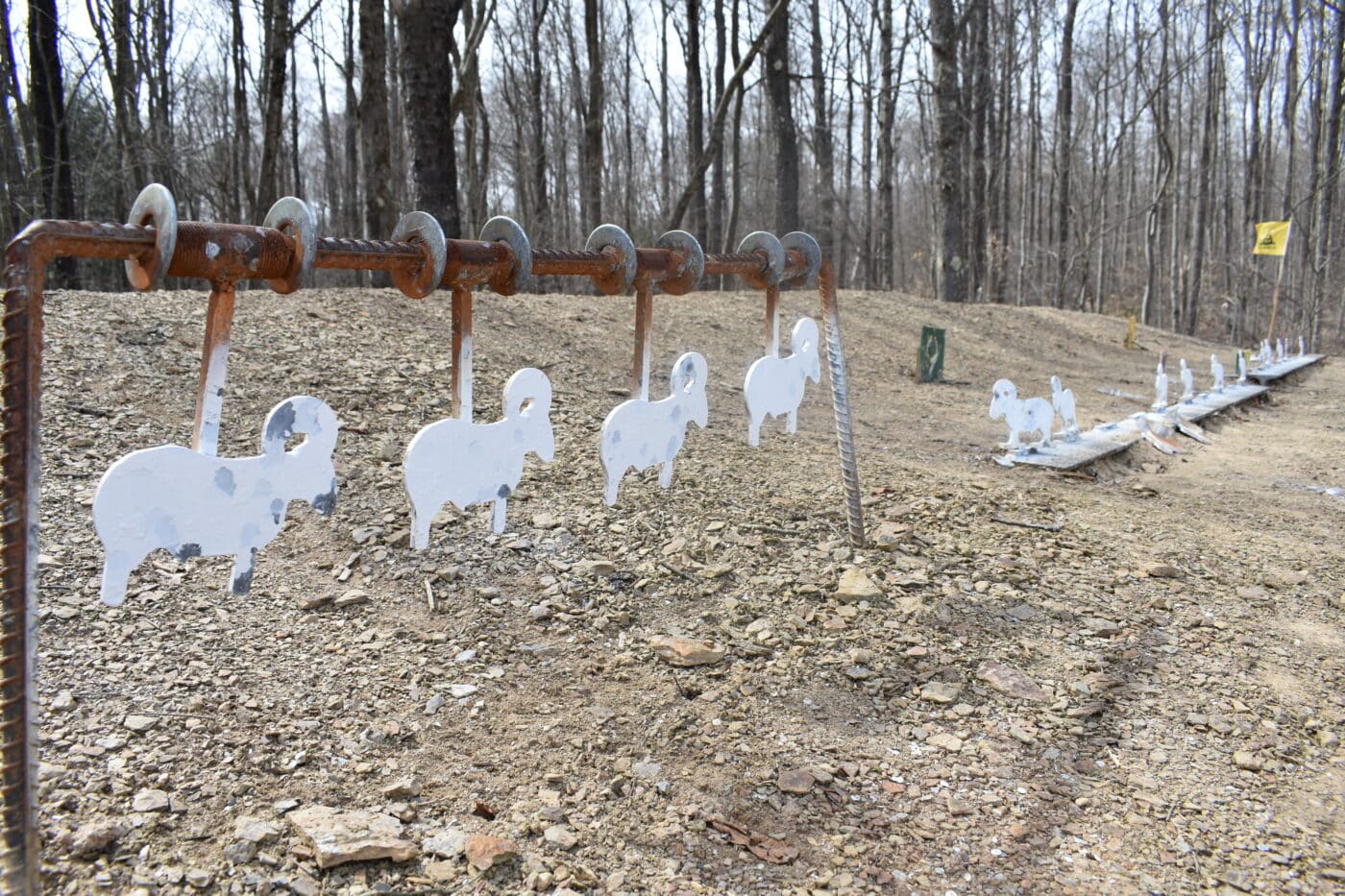
Sitting/kneeling and prone are fired with aid of a sling.
There are slight variations to this course and some ranges without 600 yards shoot reduced matches at 200 yards.
This was traditionally an iron-sight-only discipline until 4.5X optics were legalized in 2016.
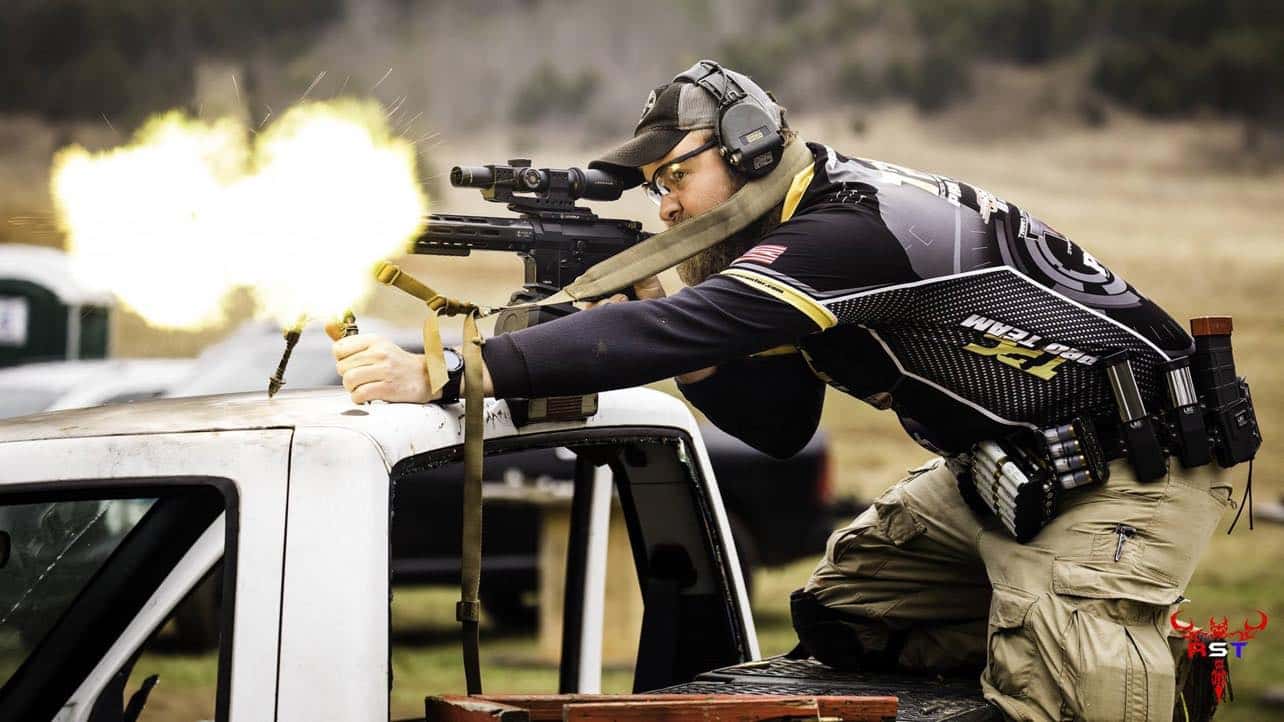
Much of the challenge with this discipline comes from wind-reading at the 600-yard line.
A few competitors compete in high power with a match rifle rather than a service rifle.
Match rifles have very few rules and are typically in chamberings other than .223 and with high magnification optics.

There are several main styles of competition.
Specific bullet weights are mandated.
Any/Any/Iron classes allow for bolt-action competition at 1,000 yards with scopes and various other calibers.
The CMP labels this as match rifle.
F-Class has an entirely different target than the NRA LR target with smaller rings.
F-class is essentially long-range benchrest fired from the prone positions with high power scopes.
Traditionally, these shots are 1,500 yards and longer on steel.
Both bodies hold centerfire and rimfire matches.
Benchrest
There are many variations of benchrest shooting with air rifles, rimfire and centerfire rifles.
The most traditional form has two categories: group and score.
In the group discipline, shooters fire five shots at a target in search of the tightest group measurement.
In the score discipline, each shot earns a number value and is totaled.
USPSA and IPSC matches are scored based on hit factor, a fancy name for points per second.
Multigun matches involve the use of multiple platforms.
With the exception of IPSC and Multigun matches, most targets are between 5 and 50 yards.
Dont be afraid to go watch matches or borrow equipment to try one out without investing significant capital.
There is truly something for everyone, whether you prefer shooting fast or taking your time on each shot.
Competition allows you to develop a new skill and improve on a personal level.
Go to forum thread




